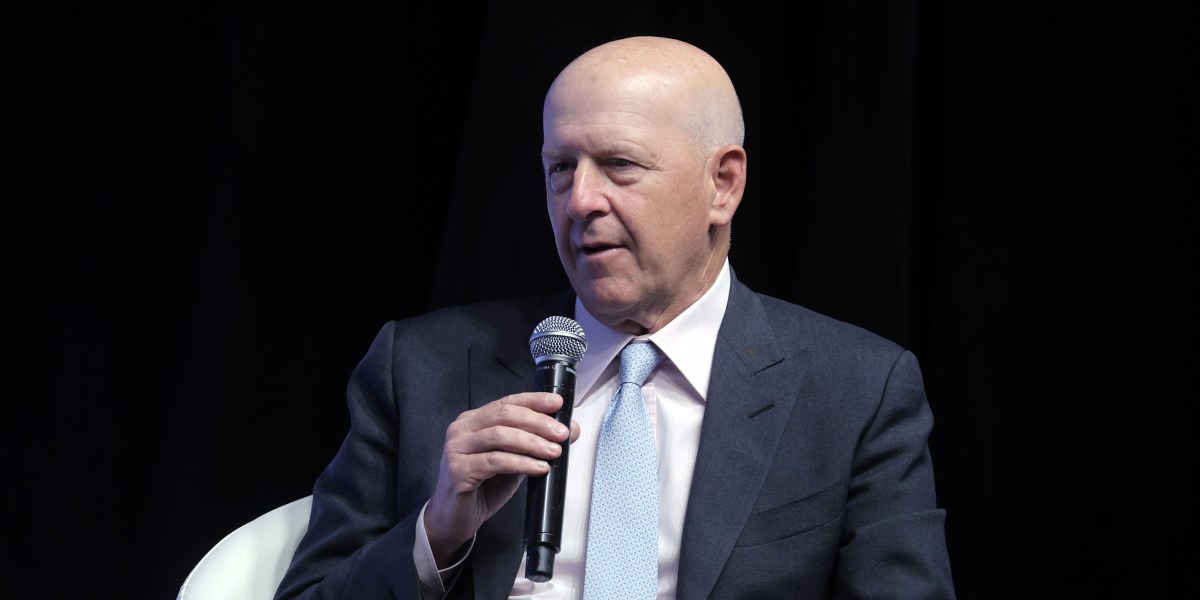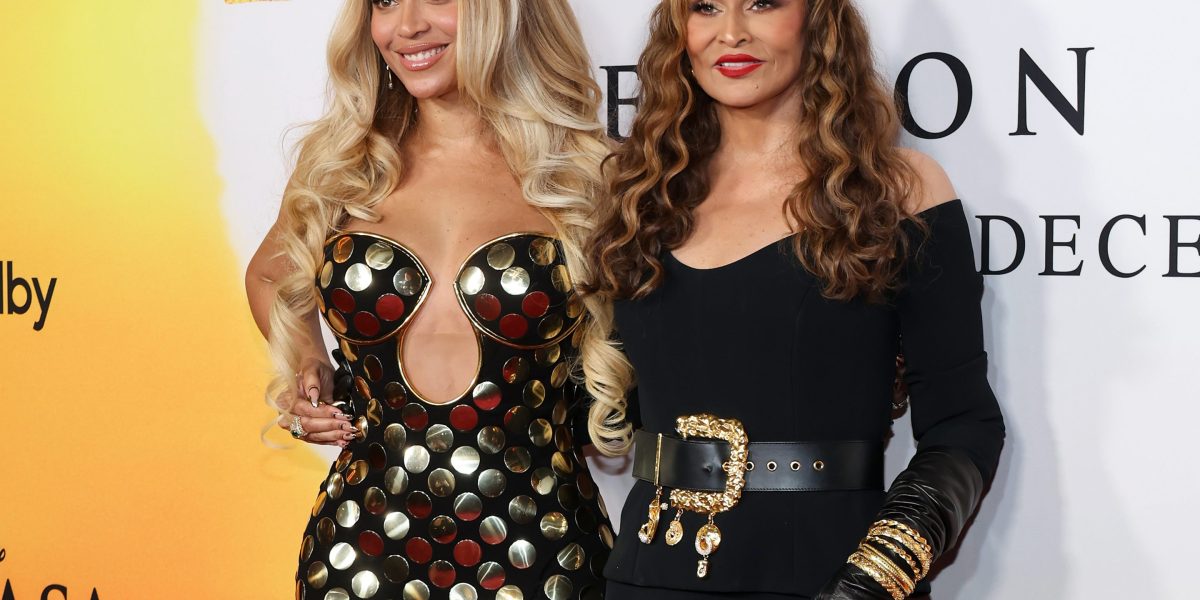Tina Knowles, mother of Beyonce and Solange and author of a just-released memoir, revealed this week that she had been treated for stage 1 breast cancer last July. She noted how lucky she felt to have had the cancer discovered early after initially forgetting to reschedule a mammogram that had been canceled due to COVID.
“I struggled with whether I would share that journey [in my new memoir] because I’m very private. But I decided to share it because I think it’s a lot of lessons in it for other women,” the Knowles matriarch, 71, whose memoir is an Oprah’s Book Club pick and about to go on tour, told People. “And I think as women, sometimes we get so busy and we get so wrapped up and running around, but you must go get your test. Because if I had not gotten my test early, I mean, I shudder to think what could have happened to me.”
Knowles—who had surgery to remove the tumor, along with a breast reduction—was even more regretful of having delayed her mammogram when she learned there was a breast cancer stage that came before stage 1.
“I didn’t know that there was a stage 0,” she said. “I could have caught this at stage 0 if I had not missed my mammogram.”
Knowles is certainly not alone in not knowing about stage 0 cancer—though it’s something that accounts for about 20% of all new breast cancer diagnoses, including those of Wanda Sykes, Elle Macpherson, Vanessa Bell Calloway, and, most recently, actress Danielle Fishel. Below, all you need to know about this earliest form of breast cancer.
What does stage 0 breast cancer mean?
Also called ductal carcinoma in situ, or DCIS, stage 0 breast cancer is the earliest stage of cancer that can be detected. It means there are noninvasive or pre-invasive cells present in the milk ducts that look like cancer cells but have not left their original location and moved into the rest of the breast tissue (“in situ” means “in the original place”). Another type of stage 0 breast cancer is Paget’s disease, according to the National Breast Cancer Foundation, or a cancer affecting the nipple and often areola, though it is very rare.
It could move, though—as 20 percent of DCIS cases eventually transform into invasive cancer—which is why most women with this diagnosis opt for treatment.
DCIS often has no symptoms at all—though could sometimes include a palpable lump or abnormal nipple discharge—and is typically discovered through a mammogram, as with Knowles.
What does DCIS treatment look like?
After being detected on a mammogram, a doctor might order a breast ultrasound, for a clearer picture, and then a follow-up biopsy, so cells can be examined by a pathologist and graded (the lower the grade, the less aggressive the cancer), which informs treatment decisions.
Some patients may also opt for genetic testing at this stage, which can also inform treatment. (While Knowles did opt for this and found her genes were normal, her ex-husband Matthew Knowles was treated for stage 1 breast cancer and possesses the BRCA2 gene mutation, which brings higher risk of several cancers).
Suggested treatments, which vary from person to person depending on factors including age, genetic risk, health history, and whether or not estrogen receptors are present in the cells, may include surgery (lumpectomy or mastectomy), radiation, hormonal therapy, or a combination.
And sometimes, doctors will suggest a watch-and-wait, or “active surveillance,” approach, meaning they’ll undergo more frequent screenings to make sure the cells haven’t spread.
This is due to controversy surrounding how DCIS should be approached. Many experts, for example, believe that DCIS is over-treated—and some don’t believe it should even be classified as a cancer, including Dr. Jennifer Marti, an assistant professor of surgery at Weill Cornell Medical College, who has argued the description doesn’t quite fit. “DCIS is a marker for breast cancer risk,” she said. “It itself is not cancer.”
Others disagree, though, including Dr. Steven Narod, MD, a senior scientist at the Women’s College Research Institute in Toronto, who has said, “If a DCIS can metastasize, then that’s cancer.”
For now, DCIS is considered a non-invasive or pre-invasive breast cancer, according to the American Cancer Society. And for Knowles, as well as so many women in her position, treatment was the best option.
“I’m doing great,” she said. “Cancer-free and incredibly blessed that God allowed me to find it early.”
More on breast cancer:
This story was originally featured on Fortune.com
Source link


 Politics8 years ago
Politics8 years ago
 Entertainment8 years ago
Entertainment8 years ago
 Entertainment8 years ago
Entertainment8 years ago
 Entertainment8 years ago
Entertainment8 years ago
 Tech8 years ago
Tech8 years ago
 Tech8 years ago
Tech8 years ago
 Tech8 years ago
Tech8 years ago
 Politics8 years ago
Politics8 years ago






